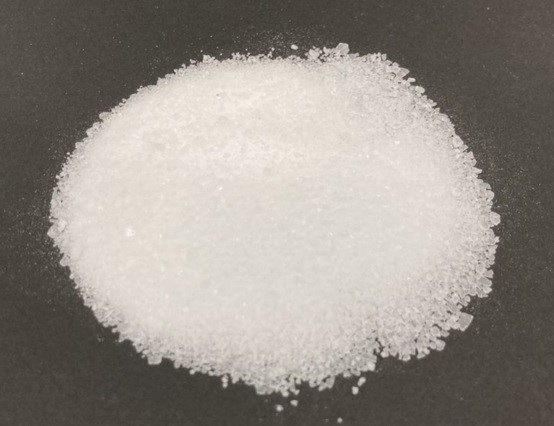1. Water-soluble polymer with a wide range of applications.
Since Polyethylene glycol (PEG) is highly soluble in water and not hydrolyzed, it is widely used as a water-soluble base for viscosity adjustment and many other applications.
PEG’s solubility in water is not affected by the presence of electrolytes. It is soluble in hard water and aqueous solutions of salts, as well as acidic and alkaline solutions (except for solutions that are highly acidic/alkaline).
2. Wide lineup of products with a broad range of molecular weights, enabling a variety of functions.
Depending on the molecular weight, functions of Polyethylene glycol (PEG) include smoothing, lubrication, thickening/thinning, plasticization, emulsification/dispersion, heat storage, moisture retention, binding, and antistatic.
For example, PEG with high molecular weight is used as a water-soluble binder and PEG with low molecular weight is used as a plasticizer. PEG is also used as a dispersant, lubricant, heat medium, sensitizer, dust-proofing agent, etc., to express functions suitable for a variety of applications.
3. Used as a raw material for many chemical products.
Both ends of polyethylene glycol (PEG) are primary alcohols, making it easy to esterify and etherify. In addition to surfactants, PEG is used as a raw material for polyesters, polyurethanes, and many other chemical products.
4. Very safe
Polyethylene glycol (PEG) is generally considered to be a safe ingredient with a low potential for toxicity. It is widely used in pharmaceuticals, cosmetics, and personal care products due to its ability to improve the solubility and stability of active ingredients, as well as its non-toxic, non-irritating, and biocompatible properties.










